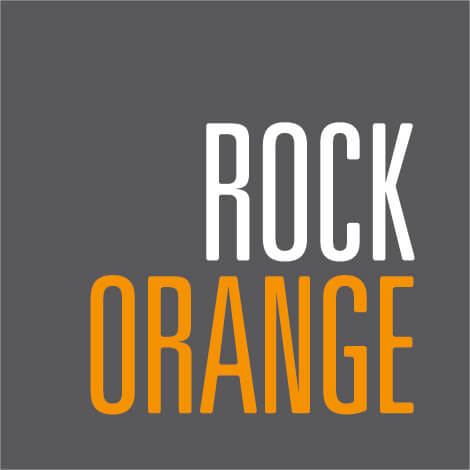By Miguel Piedra, Principal & Managing Partner, RockOrange

Last month, Palo Alto-based computer hardware developer HP made news when its CMO issued an ultimatum to its PR and advertising partners, exhorting them to submit plans for those agencies to become more diverse in the next 30 days.
In the letter, Antonio Lucio put HP’s roster of agencies on notice. That includes some of the most prominent names in our industry: FleishmanHillard and Porter Novelli for PR; and BBDO, Fred & Farid, and Gyro for advertising.
Lucio’s goal is laudable. The communications and creative world is overwhelmingly white and male. Hispanics, African-Americans and women are chronically underrepresented—doubly so in leadership roles. This at least partly explains many of the embarrassingly tone deaf and cringe-worthy campaigns that have tried unsuccessfully to court these demographics. To understand a culture, one must have at least some mooring in that culture. To execute a successful campaign, you need at least one person in the room who understands the target demographic. Too often, there are none.
But for diversity to take hold and deliver real, positive outcomes, the organization must truly believe in it. Lucio’s heart is in the right place. But from an internal, agency perspective, I can see the natural progression of what will come from this strategy. Ultimatum delivered, the hiring partners will scramble to keep the business. No one is in business to lose money. So whether or not they believe in the core value of diversity becomes beside the point. They will have their talent acquisition and human resources teams do what is necessary to ensure the business is kept. But in the end, if someone is hired as a show pony, or as a token nod to diversity, that is how he or she will be treated. How does that achieve the desired end of viewing projects through different lenses?
Understand, diversity is two-pronged: you must first hire a collection of individuals from different backgrounds, and then empower them to have an effect on your business. It is hard to imagine an agency compelled to hire or promote to meet a client ultimatum will deign to do the latter. The only thing that gets more diversity is the Meet the Team page on their website.
Instead, brands like HP would do well to hire agencies that already value diversity and show the veracity of that belief through their staffing.
There are many agencies around the country that look and act like ours. At RockOrange we are not only minority owned, but more than two thirds of our agency is comprised of women and at any given moment we are 75-80 percent black or Hispanic. Our RockStars range in age from 22 to 50s. We draw from a rich array of life experiences, employing talent from all walks of life and socioeconomic backgrounds.
It wasn’t difficult to do this, and it wasn’t an accident. Miami is an overwhelmingly diverse city, a tapestry of black, white, brown, and all shades between, serving as a model for the next American generation. If you’re a believer in demographic data and population trends, Miami—and by extension our agency—looks a lot like how the country will look in 2050.
But our adherence to diversity as a value is rooted in more than simple geography. Many of our team members have worked in homogenous environments where everyone is from the same place and brings similar experiences. The effect is a deafening echo chamber where disagreement is viewed as dissention. Lack of diversity fosters groupthink, narrowing the collective view. The narrower the view, the broader the blind spot. It’s a dangerous way to do business. It’s how a campaign winds up comparing Naomi Campbell to a chocolate bar. It’s how every Latino menu item at national chains ends up being “spicy” or “fiery”.
For executives like Lucio who understand the underlying business proposition behind diversity, there are alternatives to shoehorning it into the vast organizations they hire—admirable a goal though it may be. Our agency has diversity baked into its very DNA. And while we work with mostly national or international brands, everyone’s unique point of view is not just respected—it’s required. We make diversity work for us, and for our clients.
Instead, try working with agencies that are already built that way. As someone who has worked on both the client side as a chief communicator and the agency side as an owner, I can attest that the work product is guaranteed to be more authentic and appealing when it comes from a room of different people with diverging opinions.
An agency that needs to be told to make itself more diverse has a long hill to climb before it becomes truly diverse. For those who see the value, there’s no such thing as scrambling to keep the business with token hires.





